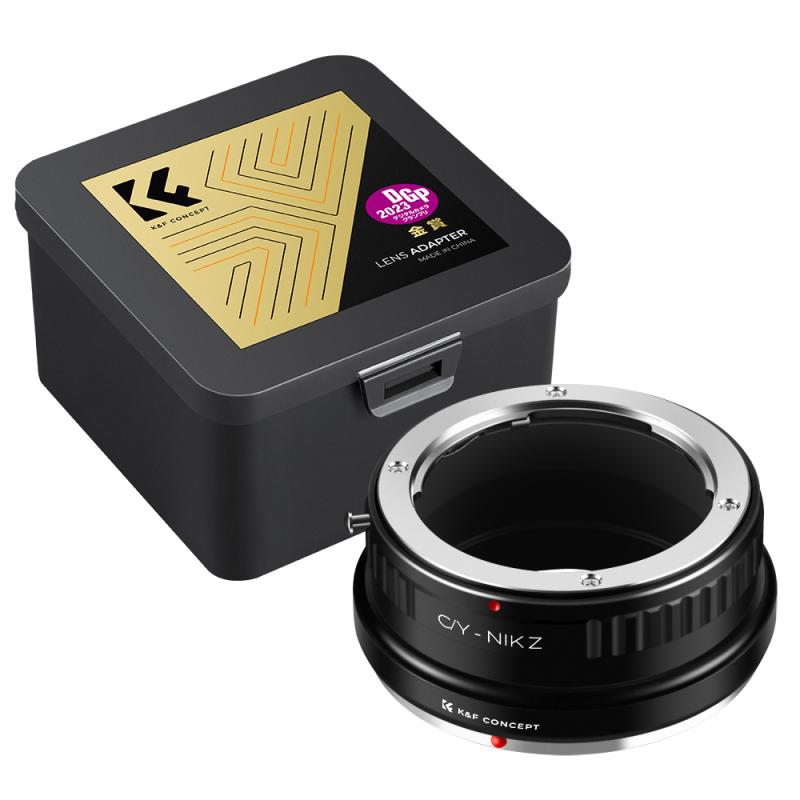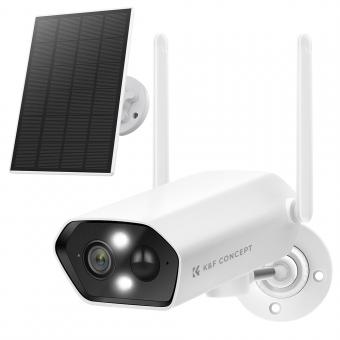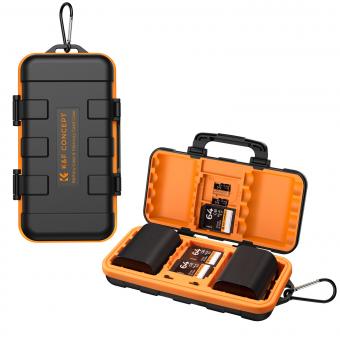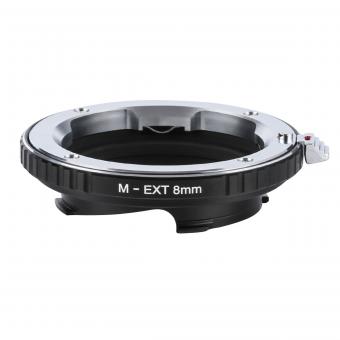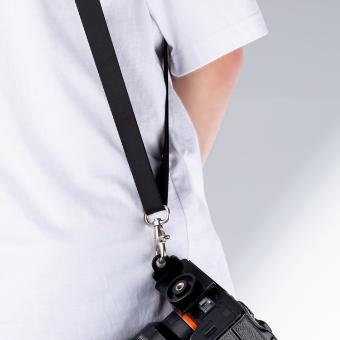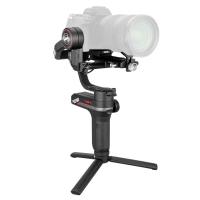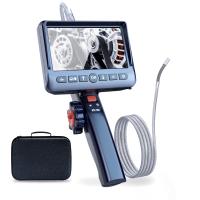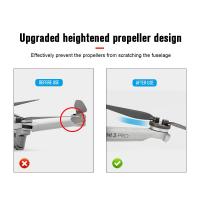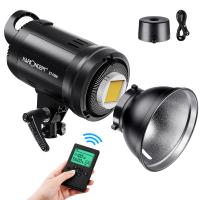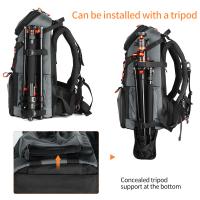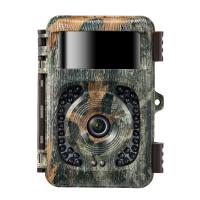Can You Hardwire A Battery Ring Camera ?
No, you cannot hardwire a battery-powered Ring camera.
1、 Hardwiring a Battery Ring Camera: Feasibility and Considerations
Hardwiring a Battery Ring Camera: Feasibility and Considerations
Yes, it is possible to hardwire a battery-powered Ring camera. Hardwiring a battery Ring camera offers several advantages, such as eliminating the need for regular battery replacements and ensuring continuous power supply. However, there are a few important considerations to keep in mind before proceeding with the hardwiring process.
Firstly, it is crucial to check if the specific model of the Ring camera you own supports hardwiring. While most Ring cameras are designed to be battery-powered, some models, like the Ring Stick Up Cam Elite, have the option for direct power connection. Therefore, it is essential to verify the compatibility of your camera with hardwiring.
Secondly, you will need to ensure that you have the necessary equipment and expertise to perform the hardwiring process. This typically involves running a power cable from an electrical outlet to the camera's location and connecting it to the camera's power input. It is recommended to consult the camera's user manual or seek professional assistance to ensure a safe and proper installation.
Additionally, consider the location of the camera and the availability of power outlets nearby. If the camera is placed in an area where running a power cable is not feasible, hardwiring may not be a practical option. In such cases, alternative solutions like solar panels or extended battery packs can be considered to provide a continuous power supply.
Lastly, keep in mind that hardwiring a battery Ring camera may void the warranty or support provided by the manufacturer. It is advisable to thoroughly research and understand the implications before proceeding with the hardwiring process.
In conclusion, hardwiring a battery Ring camera is feasible, but it requires careful consideration of compatibility, equipment, location, and potential warranty implications. By weighing these factors, you can determine if hardwiring is the right solution for your specific needs.
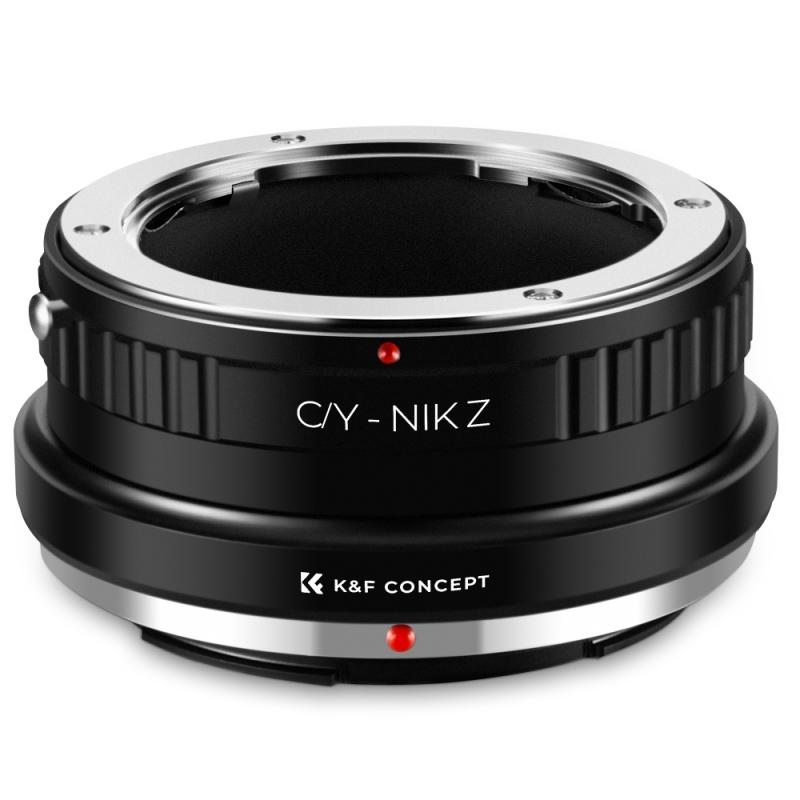
2、 Steps to Hardwire a Battery Ring Camera for Continuous Power
Steps to Hardwire a Battery Ring Camera for Continuous Power
Yes, you can hardwire a battery-powered Ring camera to provide it with continuous power. This eliminates the need to recharge or replace the batteries regularly, ensuring uninterrupted surveillance and peace of mind. Here are the steps to hardwire a battery Ring camera:
1. Gather the necessary equipment: You will need a low-voltage power adapter, a power drill, a screwdriver, and a power source.
2. Locate a suitable power source: Identify an electrical outlet or an existing power line nearby that you can tap into. Ensure that the power source is within reach of the camera's location.
3. Turn off the power: Before starting any electrical work, turn off the power to the outlet or circuit you will be working on. This is crucial for your safety.
4. Drill a hole: Use a power drill to create a hole near the camera's mounting location. This hole will serve as the entry point for the power cable.
5. Connect the power adapter: Attach the low-voltage power adapter to the power cable. The adapter should match the voltage requirements of the Ring camera.
6. Run the cable: Carefully feed the power cable through the drilled hole and route it to the camera's mounting location. Ensure that the cable is hidden and protected from any potential damage.
7. Connect the camera: Once the cable is in place, connect it to the Ring camera. Follow the manufacturer's instructions for proper installation.
8. Secure the camera: Use a screwdriver to securely mount the camera in its desired location. Ensure that it is positioned correctly for optimal surveillance coverage.
9. Restore power: After completing the installation, restore power to the outlet or circuit you were working on.
10. Test the camera: Verify that the camera is receiving power and functioning properly by checking the live feed on your smartphone or computer.
It is important to note that the steps may vary slightly depending on the specific model of the Ring camera and the power source available. Always refer to the manufacturer's instructions for the most accurate and up-to-date information.
From a recent point of view, hardwiring a battery Ring camera is a popular choice among homeowners and businesses alike. It provides a reliable power source, eliminates the need for battery replacements, and ensures continuous surveillance. Additionally, hardwiring the camera can also enhance its functionality by enabling features such as motion detection and two-way audio.
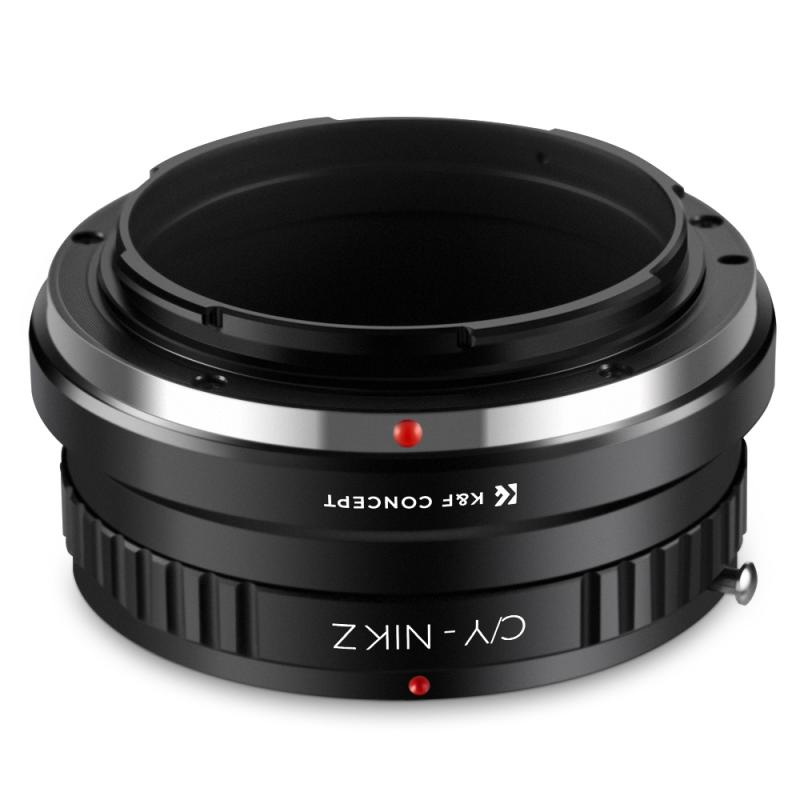
3、 Pros and Cons of Hardwiring a Battery Ring Camera
Pros and Cons of Hardwiring a Battery Ring Camera
Can you hardwire a battery Ring camera? The answer is yes, you can. Hardwiring a battery Ring camera involves connecting it directly to a power source, eliminating the need for recharging or replacing batteries. While hardwiring offers certain advantages, it also comes with a few drawbacks. Here are the pros and cons of hardwiring a battery Ring camera:
Pros:
1. Continuous Power: By hardwiring your battery Ring camera, you ensure a constant power supply, eliminating the need to recharge or replace batteries. This ensures uninterrupted surveillance and peace of mind.
2. Enhanced Functionality: Hardwiring allows you to access advanced features that may not be available when relying solely on battery power. For example, continuous video recording, advanced motion detection, and real-time alerts can be enabled when the camera is hardwired.
3. Cost Savings: While hardwiring requires an initial investment for installation, it can save you money in the long run. You won't need to purchase replacement batteries or worry about the camera running out of power at critical moments.
Cons:
1. Installation Complexity: Hardwiring a battery Ring camera can be more complex than simply using it with batteries. It may require professional installation, especially if you don't have prior experience with electrical work.
2. Limited Flexibility: Once hardwired, the camera's location becomes fixed, as it needs to be connected to a power source. This limits the camera's mobility and may not be suitable for those who frequently change their camera placement.
3. Power Outages: In the event of a power outage, a hardwired camera may lose functionality unless you have a backup power supply. This can leave your property vulnerable during such situations.
It's important to consider these pros and cons before deciding whether to hardwire your battery Ring camera. Assess your specific needs and circumstances to make an informed decision.
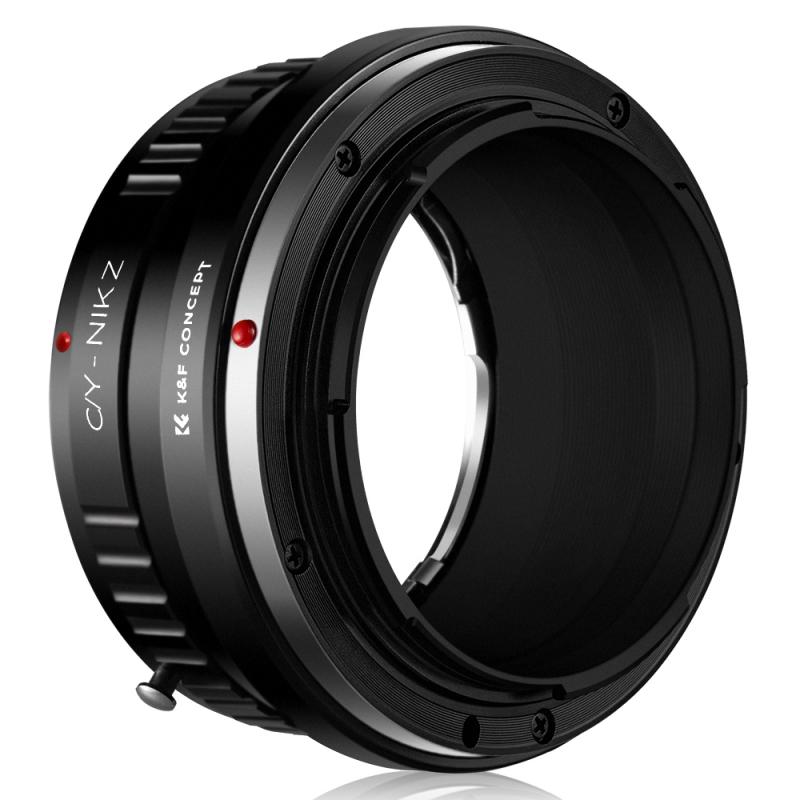
4、 Necessary Tools and Materials for Hardwiring a Battery Ring Camera
Necessary Tools and Materials for Hardwiring a Battery Ring Camera
Yes, you can hardwire a battery-powered Ring camera. Hardwiring your Ring camera provides a continuous power source, eliminating the need to recharge or replace batteries. This ensures uninterrupted surveillance and peace of mind. Here are the necessary tools and materials you will need for the hardwiring process:
1. Power Source: You will need a power source, such as an existing electrical outlet or a junction box. Ensure that the power source is easily accessible and located near the camera's installation point.
2. Low Voltage Wire: A low voltage wire is required to connect the camera to the power source. It is recommended to use a wire specifically designed for outdoor use and capable of handling the required voltage.
3. Wire Connectors: Wire connectors, such as wire nuts or crimp connectors, are necessary to securely connect the low voltage wire to the camera and power source. These connectors ensure a reliable and safe electrical connection.
4. Screwdriver and Drill: A screwdriver and drill will be needed to mount the camera and secure the wiring. Ensure you have the appropriate drill bits and screwdriver attachments for your specific camera model.
5. Wire Strippers and Cutters: Wire strippers are essential for removing the insulation from the low voltage wire, allowing for proper connection. Wire cutters will be needed to trim excess wire length.
6. Voltage Tester: A voltage tester is recommended to ensure that the power source is functioning correctly and to verify the presence of power before making any connections.
It is important to note that the specific tools and materials required may vary depending on the model and installation requirements of your Ring camera. Always refer to the manufacturer's instructions and guidelines for the most accurate and up-to-date information.
As technology advances, it is advisable to stay updated with the latest information and recommendations from Ring or other relevant sources.
